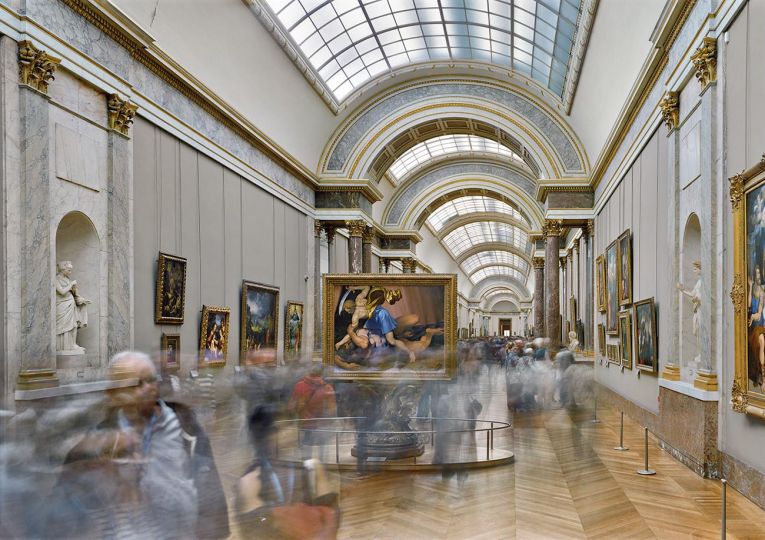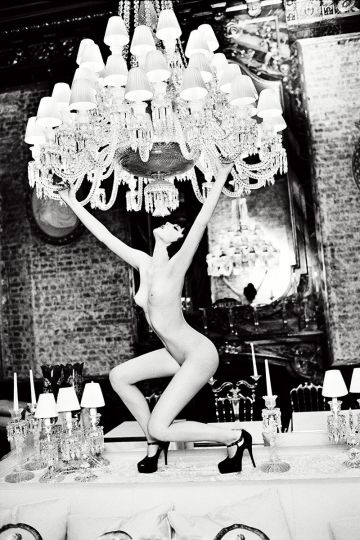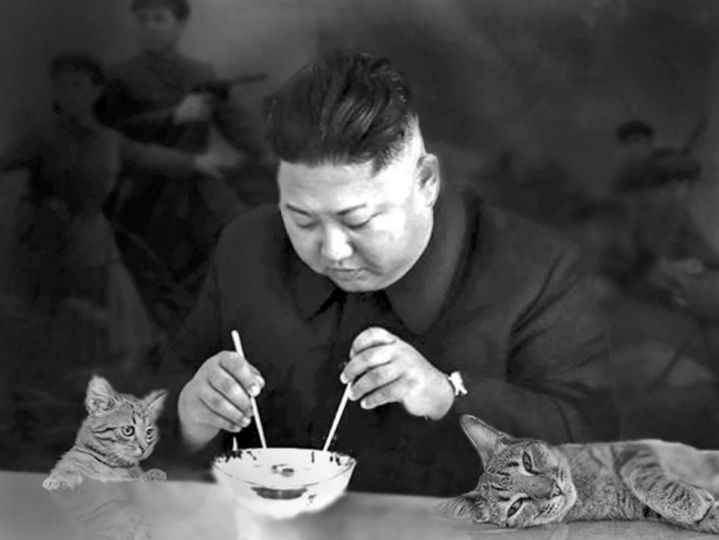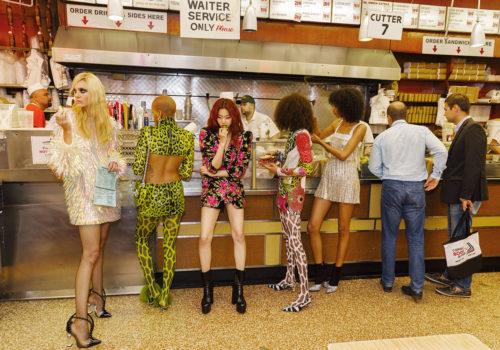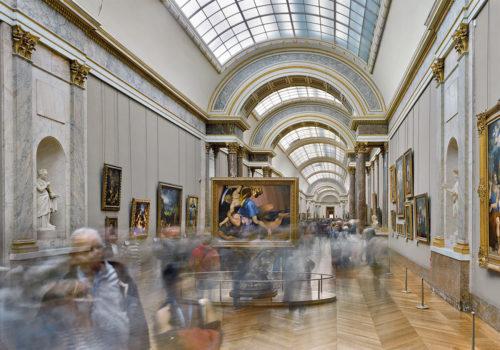The Pavillon Carré de Baudouin in Paris features the French photographer intimate portrait in 200 photos. Admission to the exhibition entitled Willy Ronis by Willy Ronis is free.
A key figure in the history of French photography, Willy Ronis is among the giants of so-called “humanist” photography devoted to capturing, with a brotherly eye, the essence of everyday life. In 1985, Willy Ronis began to scour his photography archive to select what he considered to be the essence of his work. He put together six albums, which thus constitute his “photographic testament.” These albums are being shown to the public for the first time and make up the matrix of the exhibition which can be seen and heard from April 27 to September 29, 2018 at the Pavillon Carré de Baudouin, a venue located in the heart of the artistic Ménilmontant district and celebrating its tenth anniversary this year.
Since he became a photo-reporter in 1936, Willy Ronis carried on his assignments and personal works. Keen observations of the world, his photos paint an intimate, in-depth portrait of the society and of the era. These images are a sweeping panning shot that zooms in on the lives of ordinary people, allowing us to understand and appreciate them. While making humanity the focal point of his work and surveying it with optimism and kindness, Willy Ronis did not fail to show the hardship people endured at the time, which accounts for many images of the working class and workers’ struggle, signaling the photographer’s sympathy and social engagement underlying his whole oeuvre.
At a young age, Willy Ronis began photographing Paris and the neighborhoods where he passed his time, and he never stopped. It was only in 1947, on the invitation of Daniel Pipard, a painter friend of Ronis’s wife Marie-Anne, a true child of the rue Ménilmontant, that the photographer discovered Belleville and Ménilmontant. The area was then a village contained within Paris, yet utterly unknown to Parisians who, due to its bad reputation, were too afraid to venture there. “It was a bandits’ neighborhood, one just didn’t go there,” recalled Willy Ronis.
For him, however, it was a revelation: he fell in love with the neighborhood where time seemed to stand still. He strived to portray a way of life that was simple and modest, yet marked by an exemplary sense of solidarity. He visited bistros and workshops to meet unpretentious yet deeply human individuals. He crisscrossed bowers, alleys, passageways, and backyards where he found the same happiness among craftsmen, archers, bowls players, and amateur gardeners who perpetuated the décor of greenery lining the circular railway of La Petite Ceinture. Willy Ronis thus built an unparalleled testimony of bygone Paris, suffused with the gentleness of a modest and, despite the ubiquitous poverty, carefree life. “Belleville Ménilmontant was a great adventure. This was not about the accomplishment of a clearly formulated desire in my mind. This was love at first sight…”
These photographs sensitive to the everyday life of a neighborhood and full of sympathy for people Willy Ronis crossed paths with would become in 1954 to his first book, Belleville Ménilmontant (with texts by Pierre Mac Orlan). The volume met with only a relative success, but it has since become a cult publication, reprinted three times, and, in 1992, was accompanied by a new essay by Didier Daeninckx.
In the 1960s, Willy Ronis kept returning to the neighborhood, to the locations of his early shots. In 1990, the Bar Floréal collective organized a tour “in the footsteps of Willy Ronis through Belleville Ménilmontant.” His photographs were posted precisely where they were first taken, pasted on billboards in shop windows and at the town hall of the 20th arrondissement. “I experienced in Belleville moments of personal happiness and of photographic happiness, which for me is one and the same, that is, happiness, period.”
For Willy Ronis, Paris was an exceptional place which he never tired of observing with a tender and poetic gaze, occasionally tinged with melancholy and nostalgia. Following in the footsteps of Balzac, Prévert, and Atget, Ronis created a collection of small miracles that only an attentive, ever-alert gaze allowed him to catch in his net.
At the same time, Ronis was working in the suburbs on one photo story after another, photographing picturesque scenes, busy passersby, lovers, the quays of the Seine, the banks of the Marne, Les Halles, the Latin Quarter, and the recovered vitality of his youth. These photographs, complementary and at the same time very different from one another, both in terms of form and content, all testify to a gaze filled with tenderness, yet without any complacency or bombast. These sensitive, and today practically timeless, images are a potent testimony to the photographer’s concern for social justice as well as an exploration of the human condition. “I’ve never been after the strange, the unfamiliar, the extraordinary, but rather sought the most typical things in everyday life.”
The self-portrait is another game Willy Ronis often engaged in, each time adopting a novel approach. A veritable flashback over fifty years of existence, this photographic series takes us step by step through the passage from young man to an older, established gentleman. The first self-portraits are fairly well studied, carefully lit and staged, still showing the influence of his father’s photo studio.
Later on, the photographer stepped back from the past and took advantage of his job and his encounters to create more lifelike images. Already his famous 1951 portrait with two flash lamps is more realistic and technically more sophisticated. His gaze had gained depth, testifying to an evident introspective tendency, even while striving to include the surrounding reality, as illustrated in the Venetian self-portraits of 1981. This approach culminated in the near-surrealist image made in Paris in 1985, in the Rue des Couronnes, where the photographer blends in with a double reflection of himself in the mirrors of a shop window.
In addition to the nearly 200 exhibited photographs, taken between 1926 and 2001, the public can also flip through six albums thanks to interactive displays. The audience is also invited to attend a special program of films and videos made by Willy Ronis which are screened in the auditorium. This is a rare occasion to step into the personal universe of the artist.
Willy Ronis par Willy Ronis
April 27 to September 29, 2018
Pavillon Carré de Baudouin
121 Rue de Ménilmontant
75020 Paris
France



